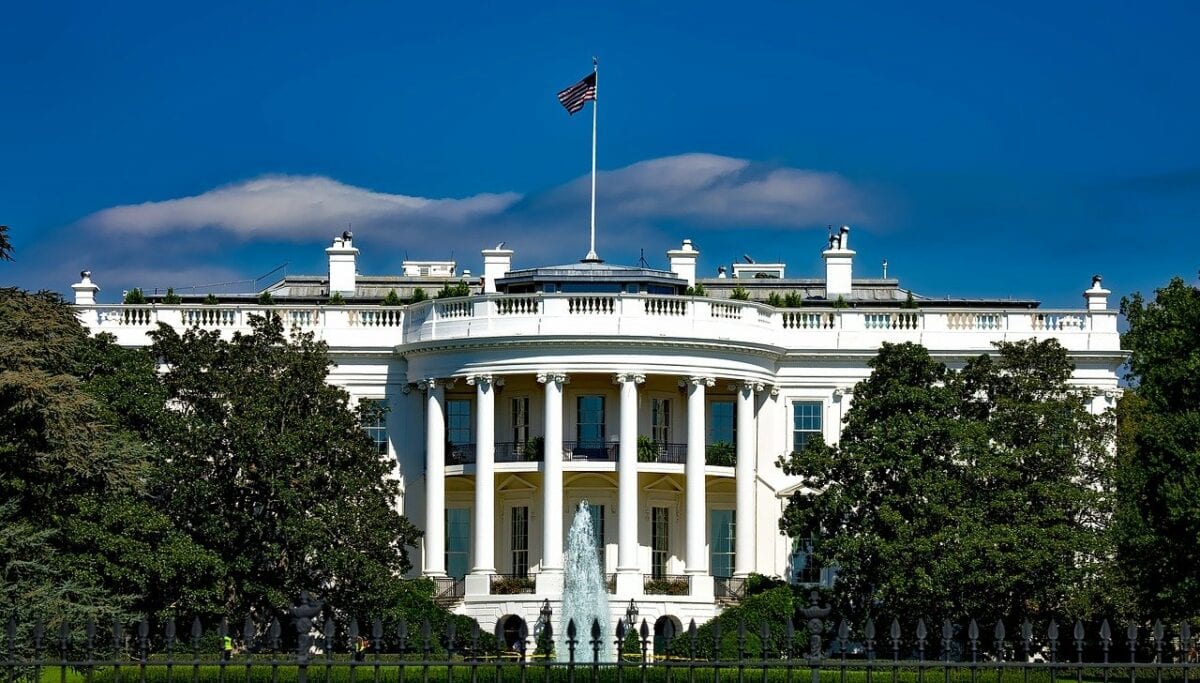A tax pendulum swings. It swings right and taxes may be cut, and then it swings left and taxes may rise. Meanwhile, taxpayers, accountants and tax counsel try to interpret what might be the outcome. The recent election swung the pendulum to the left, which will likely increase taxes.
The proposals of our new President may increase taxes in the next 10 years by $3.3 trillion. The President and both Houses of Congress are controlled by Democrats, but with razor thin margins. With this scenario, President Biden may get his way on his tax proposals but may have to compromise on many components of the plan.
How could these changes impact you? For many Americans, there will be little impact. However, corporations and higher income individuals will likely pay a steep price in additional taxes. President Biden’s proposals were aired during the election, and many features were confirmed in the last couple of weeks.
In 2017, the Trump proposals took nearly a year to legislate in his signature tax law, the Tax Cuts and Jobs Act (TCJA). Like Trump, President Biden will likely promote his tax changes using a budget reconciliation provision that makes it easier to pass tax law changes through the Senate. All of the proposals must be presented to and approved by both Houses of the Congress before they can be enacted by the President. The process will undoubtedly involve the convoluted hijinks of our Washington representatives, so be prepared for plenty of gamesmanship along the way.
A summary of the Biden proposals includes the following:
- Tax brackets – Taxpayers with taxable income in excess of $400,000 will see an increase in the maximum tax rates from 37% to 39.6% (the pre-Trump rate). With Obamacare tax, the top federal rate ends up at 43.4%.
- Capital gains and dividend tax rates – The favorable rate of 20% will increase to ordinary rates for taxpayers with taxable income higher than $1 million.
- Itemized deductions – A 28% cap will be placed on itemized deductions for those earning more than $400,000.
- Increasing child tax credits – From $2,000 to $3,000 per child (Ages 6 to 17) and $3,600 for children under 6 years of age.
- Expanding child care credits – A credit increase to 50% of expenses to a max of $4,000 for one child and $8,000 for those with two or more children, but with complete phase-out between $125,000 to $400,000 of taxable income.
- COVID-related tax stimulus payments – Another $1,400 per taxpayer, with phase-outs and $500-$600 payments for dependents.
- The estate tax exemption – May revert back from an $11.7 million exemption to a much lower exclusion.
- Estate tax basis step-up – Eliminated?
- Corporate tax rates – Will be increased from 21% to 28% (TCJA decreased from 35% to 21%), plus a minimum tax restoration for large companies.
- Qualified Business Income Deduction of 20% under 199A – Will be phased out.
- Global Intangible Low-Taxed Income (from income earned by foreign affiliates) – Rate increase from 10.5% to 21%.
- Jobs tax credit – 10% credit for companies that create jobs or move jobs to US.
There are many more facets to this which we will follow as the Washington drama enfolds. At the same time, the state legislatures are planning to fill their budget gaps, which will undoubtedly mean tax increases there as well.
If you have questions regarding any of this, please contact us, and we will contemplate possible consequences for you.


